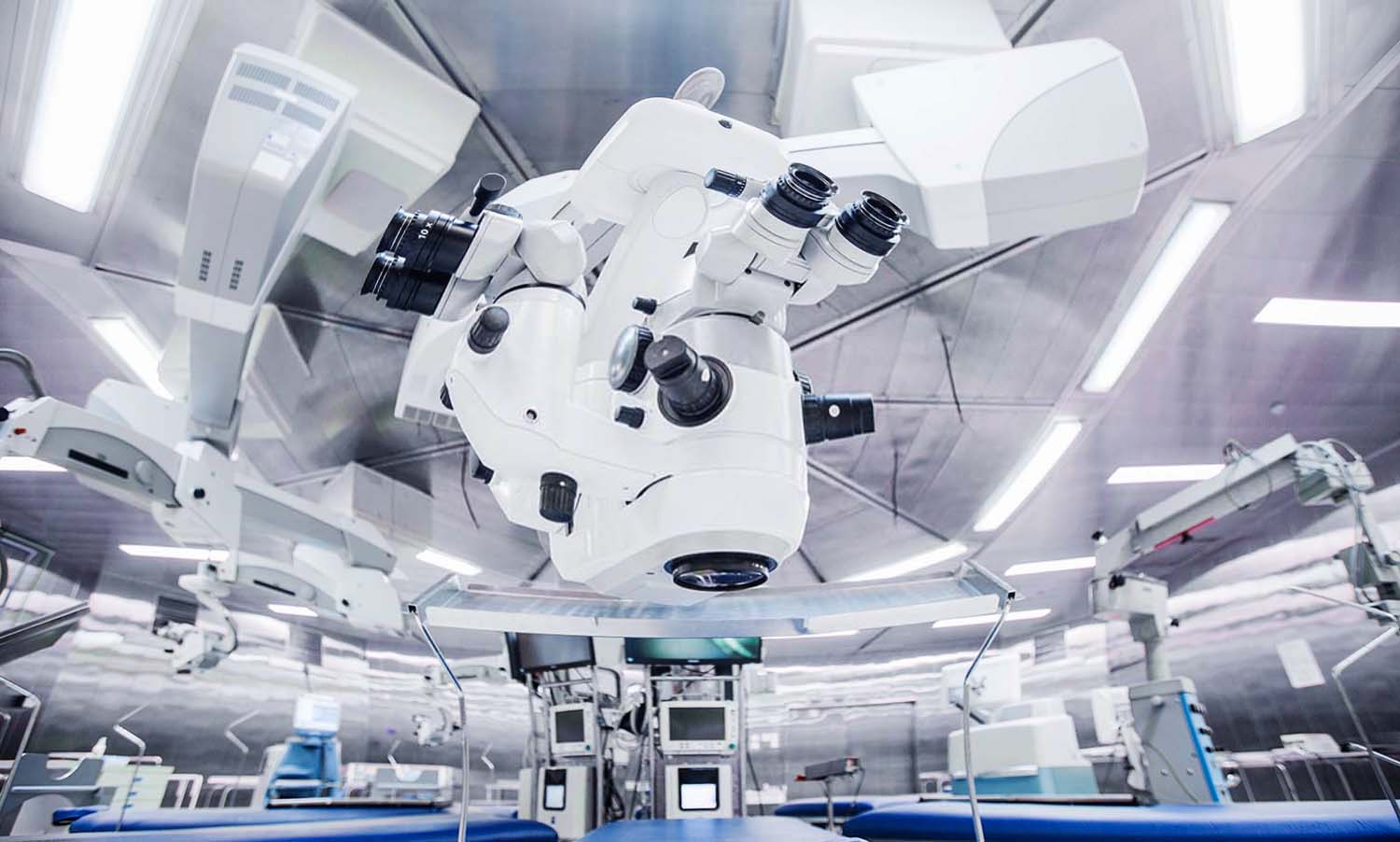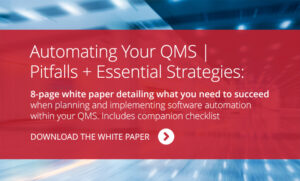May 16, 2017
The Advanced Medical Technology Association (AdvaMed) wants the Food and Drug Administration (FDA) to understand that medical device manufacturers want clarity on FDA’s heightened focus on real-world evidence.
AdvaMed Responds to CDRH 2017 Proposed Guidances
Responding to the Center for Devices and Radiological Health’s (CDRH’s) “Fiscal Year 2017 (FY 2017) Proposed Guidance Development,” the medical device trade group submitted its recommendations for how guidances should be prioritized. In addition to recommending revisions to existing guidances, AdvaMed also suggests which guidances should be withdrawn.
Guidance Recommendations Ranked
AdvaMed ranked each recommendation with a “high,” “medium,” or “low” priority based on how it impacts medial device manufacturer members.
High priority is defined as those guidances that:
- Have the potential to broadly effect the medical device industry
- Have high impact on routine administrative and/or review procedures at FDA
- Address an area where a guidance may be currently lacking
- Are required under the 21st Century Cures Act
Clarity in Using Real-World Evidence
Most importantly, AdvaMed asks the FDA for greater clarity in using real-world evidence (RWE) to support regulatory decision-making. Harnessed properly, medical device manufacturers may improve relations with the FDA and speed market approval.
However, a firm grip on document control at the manufacturing end will be critical to any compliance program hoping to satisfy FDA’s RWE regulatory expectations. In addition, data migration will also be important.
Regulatory decisions grounded in RWE has been an area of FDA focus for more than a year. The agency has repeatedly called for it via guidances and other communications from 2015 from then-Commissioner Dr. Robert Califf and other leading FDA officials.
Concerns Regarding Real-World Evidence Guidance
AdvaMed calls on the FDA to revise its RWE Draft Guidance and broaden its scope, noting “the narrow scope of the draft guidance greatly reduces its usefulness.” AdvaMed urges FDA to adjust the guidance based on its October 2016 comments on the draft.
Concern is that the Draft Guidance is heavily focused on medical device registry data. “We believe it is important for FDA to clarify and provide examples regarding how RWE can support regulatory decision-making for Class II products in the pre-market phase of a device’s development,” AdvaMed notes.
As currently written, the Draft Guidance doesn’t address the use of RWE for pre-market decision-making for non-registry medical devices, according to AdvaMed.
Will Real-World Evidence Speed Up Medical Device Approvals?
AdvaMed also seeks more examples in any final RWE guidance. For example, it could address how RWE can be leveraged to bring new medical devices to market faster. Per AdvaMed, “FDA officials have repeatedly expressed the Agency’s intent to leverage RWE to bring new new, innovative devices to market faster by shifting some of the premarket data collection burdens to the post market phase.” AdvaMed seems to like the idea, but asked FDA to broaden its thinking here with richer scenarios.
Additional Clarity Needed on Real-World Data
Turning to the critical issue of real-world data (RWD), AdvaMed asks FDA to clarify how it will weigh various data sources.
“The value and usefulness of the Draft Guidance would be improved by defining and including the associate framework for how FDA proposes to score and weigh these various elements for quality and impact in the overall decision making process, including data collected from international markets,” AdvaMed says in the comment letter. “Without this detail, decisions take on a subjective nature and are likely to be inconsistent across FDA and within industry,” AdvaMed notes.
More on the AdvaMed Wish List
In addition to RWD concerns, there are other important items on AdvaMed’s guidance wish list for 2017, including:
- Design Considerations and Pre-market Submission Recommendations for Interoperable Medical Devices
- New or revised procedural guidance’s for MDUFA IV implementation. “We support efficient implementation of MDUFA IV,” AdvaMed adds
- Dual 510(k) and Clinical Laboratory Improvements Amendments of 1988 (CLIA). AdvaMed supports guidance to support the overall dual submission process and better foster efficient review of critical medical devices.
Conclusion
Real-world evidence (RWE) will continue to be a frequently addressed topic in 2017. Therefore, it’s imperative that medical device manufacturers address real-world evidence within their quality management and FDA compliance efforts. Medical device manufacturers should employ a robust automated quality management system like AssurX to ensure FDA compliance.



